Studying the Design of a 19th-Century Mental Asylum
An exhibition at the National Building Museum explores St. Elizabeths in Washington, DC, and the history of mental health architecture in the United States.
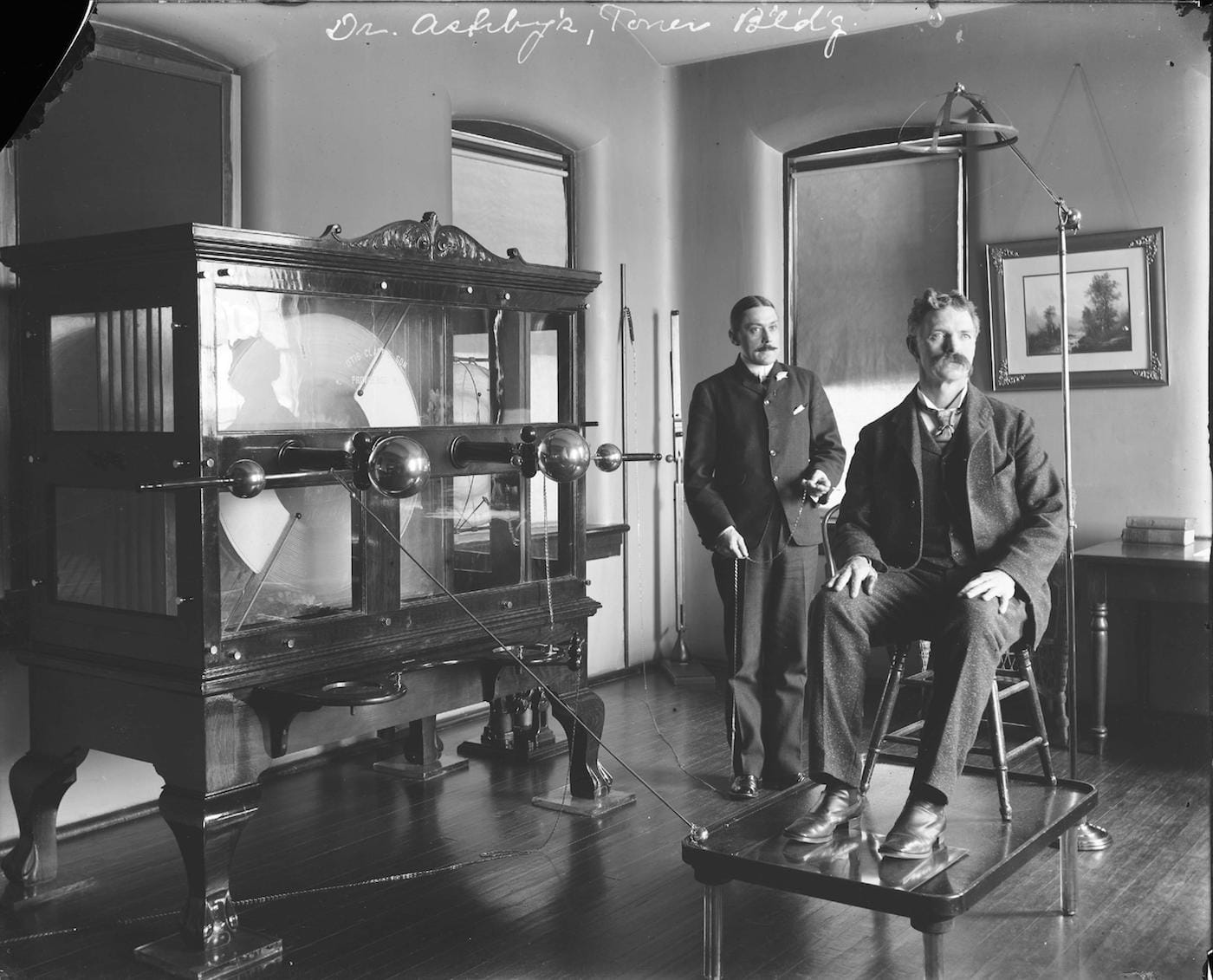
WASHINGTON, DC — In the 19th century, many state-sponsored mental institutions in the United States took an architectural approach to treatment. Under the Kirkbride Plan, proposed by mental health advocate Thomas Story Kirkbride, around 80 asylums were constructed in the mid to late 1800s. Emphasizing fresh air and sunlight in their wings, the institutions’ grand central buildings looked more like lavish estates than the prisons where most patients had been confined in the previous century. In his 1854 On the Construction, Organization, and General Arrangements for Hospitals for the Insane, Kirkbride argued, “The proper custody and treatment of the insane are now recognized as among the duties which every State owes its citizens.”
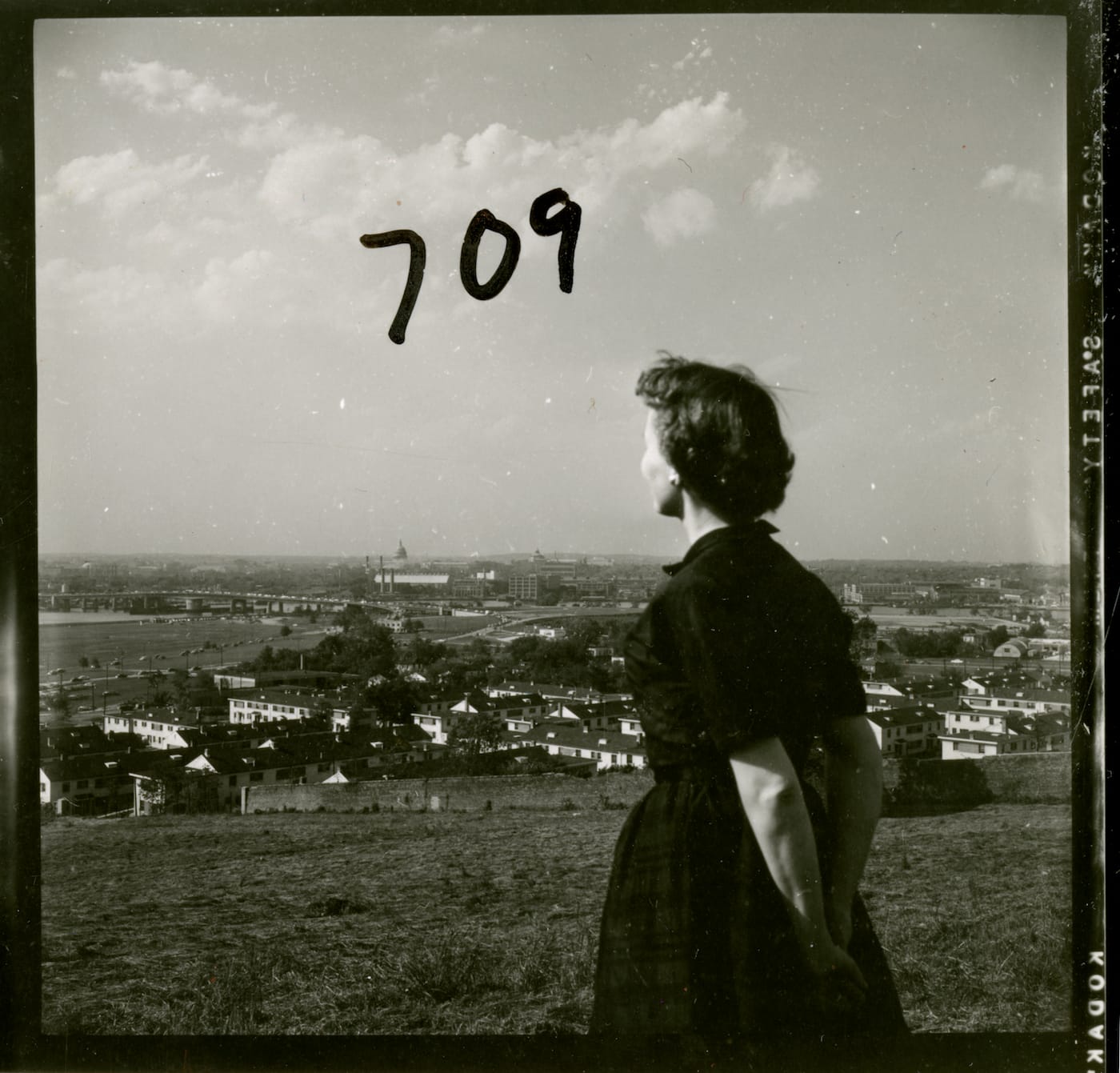
Although they later became overcrowded and plagued by abuse, the Kirkbride institutions represented a turning point toward more humane treatment of mental illness. Unfortunately, their design heritage is now disappearing. From Greystone Hospital, demolished in New Jersey in 2015, to Fergus Falls Regional Treatment Center, which remains in limbo in Minnesota after a proposed redevelopment fell through, these structures struggle for preservation. The challenge is due not only to their colossal, purpose-built size, but also to their complex history, in which some methods of “moral treatment,” like Thorazine, were successful and others, like lobotomies, were cruel. Even Kirkbride himself was into some of the 19th century’s curious fads, such as magic lantern slides showing scary images, which he thought could replace “delusions and morbid feelings, at least for a transitory period.”
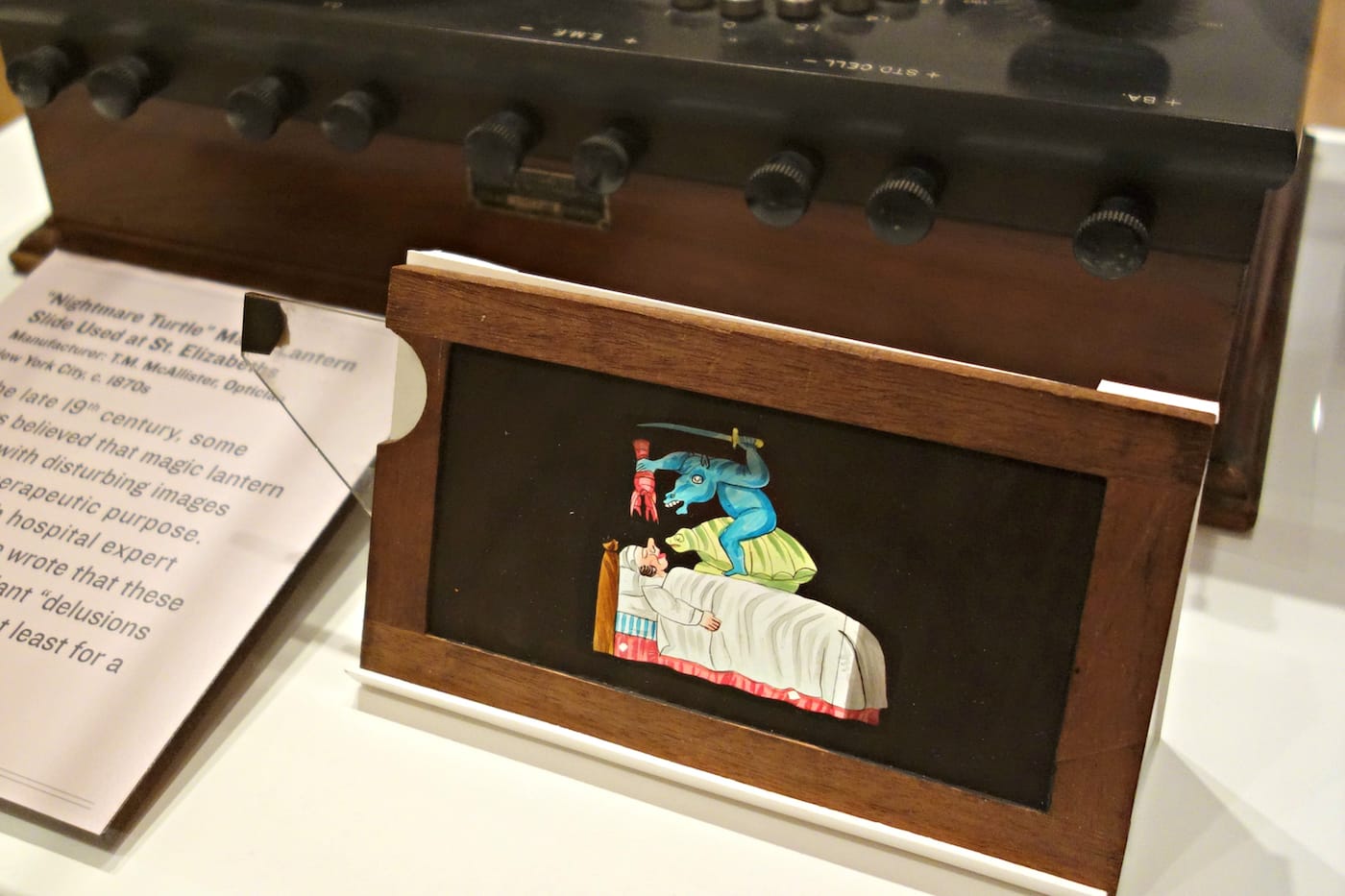
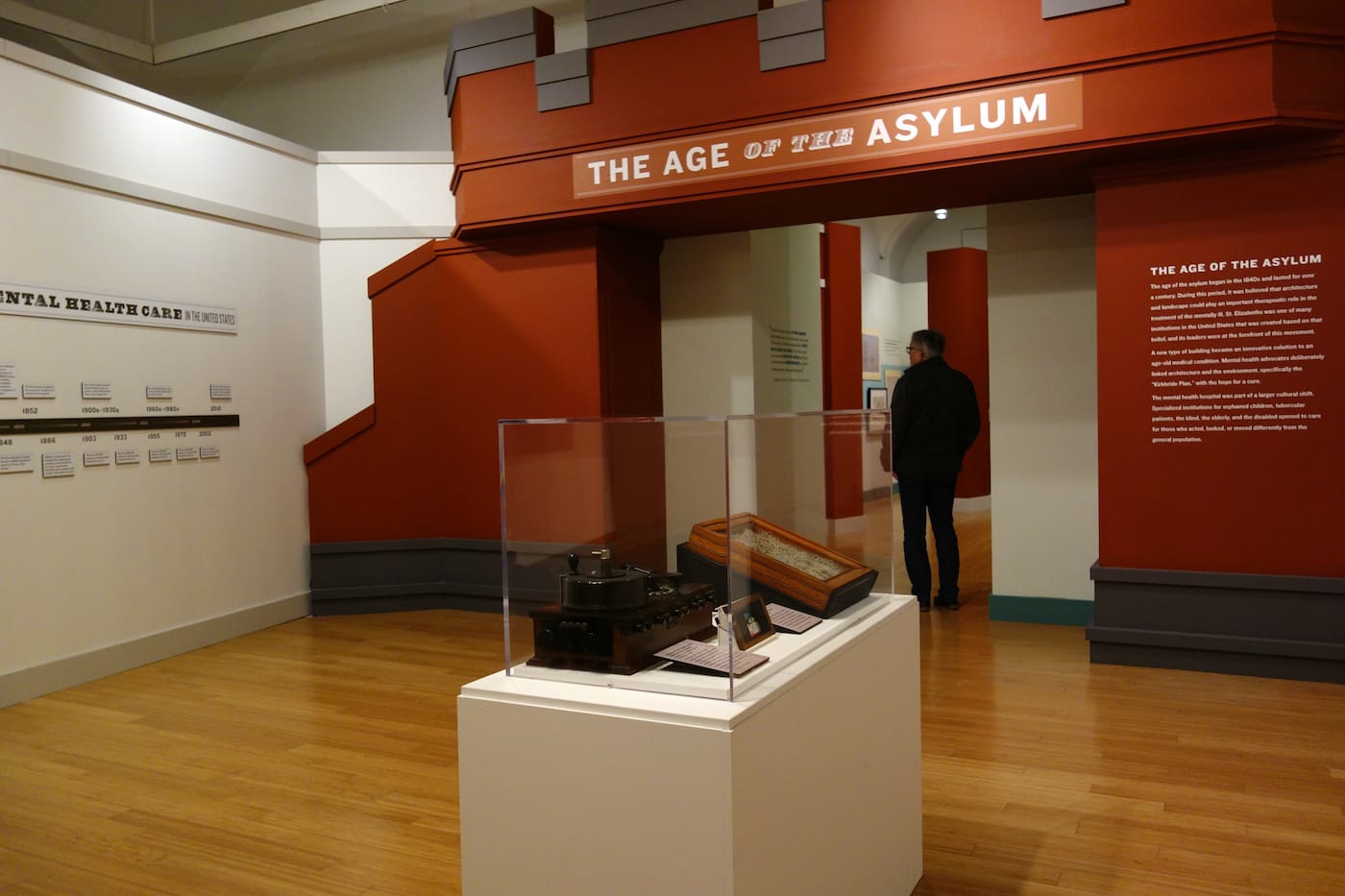
Architecture of an Asylum: St. Elizabeths, 1852–2017 at the National Building Museum in Washington, DC, is an in-depth exploration of design in the context of mental health, concentrating on the local St. Elizabeths. Architectural drawings from the Library of Congress are joined by objects used in treatment, patient art, design elements from the St. Elizabeths Center Building that’s under renovation, photographs, documents, and other materials. Opened in 1855 as the Government Hospital for the Insane, the Center Building was designed in accordance with the Kirkbride Plain by architect Thomas Ustick Walter.
Additions like Hitchcock Hall, opened in 1908 with terracotta details and a 1,200-seat auditorium for cultural experiences and therapy, expanded the St. Elizabeths campus overlooking Washington, DC. It morphed from focusing on 250 patients to peaking with nearly 8,000 in the 1960s, and continues to operate today on a much smaller scale. Despite its long history in the DC area, few people have been inside its walls, aside from patients and employees.
The idea of walls, and the question of who or what they divide and how, is as timely as ever, so it’s significant that Architecture of an Asylum begins with that theme. The introductory wall text states:
Walls can isolate, protect, and delineate one type of land use from another. Where once a wall helped keep both patients and neighbors safe, it has also kept the land separate from the rest of the city.
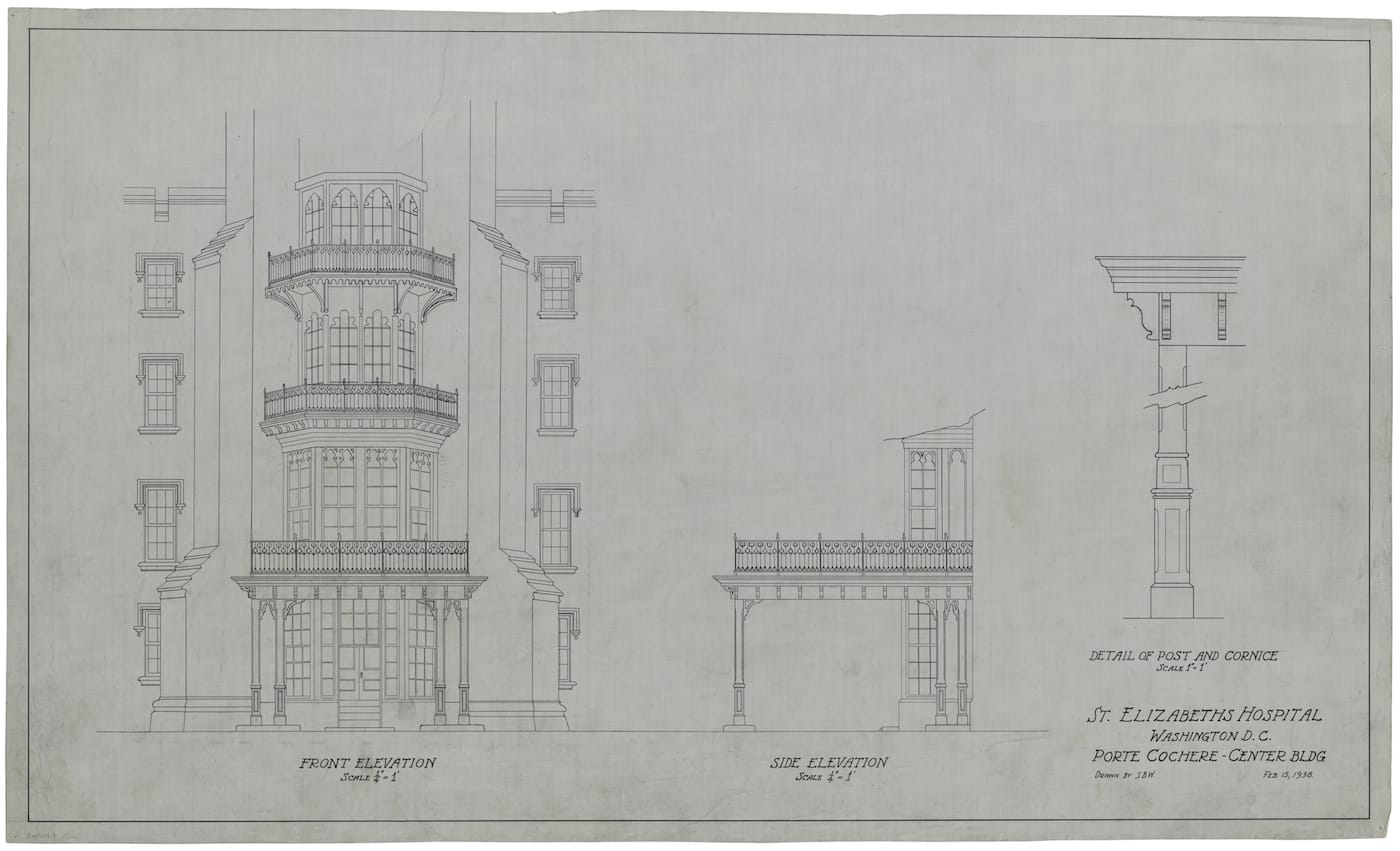
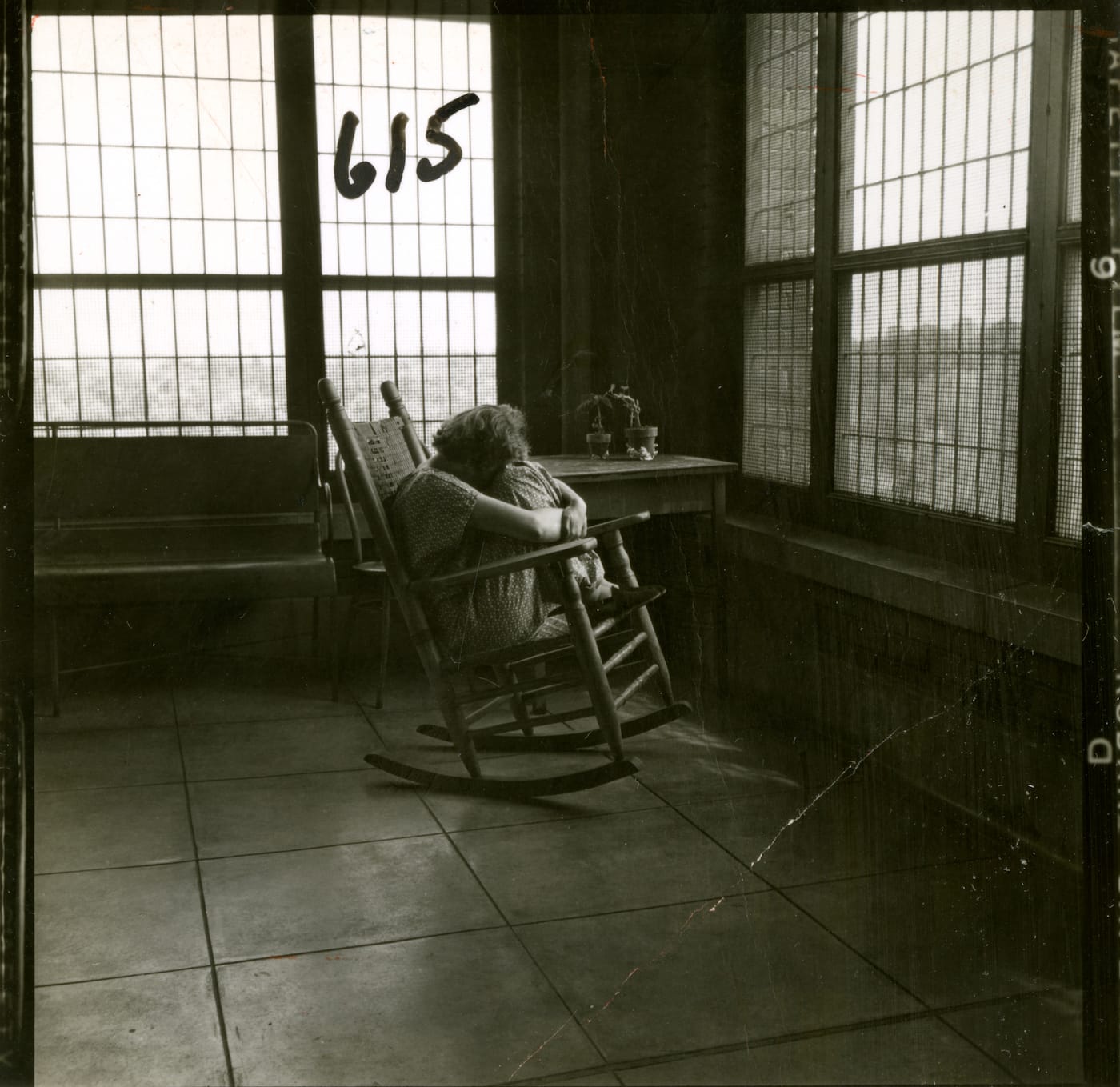
That separation is reinforced by the institution’s sprawling vista of the city below, combined with its rural landscape, formed by 1,000 carefully planted trees. The institution also used to operate as its own self-sustaining community through the keeping of livestock, farming, and power and water stations. The solitude is part of the therapy encouraged by its bucolic design. The exhibition acts as bridge across that isolation, using objects like wrought-iron architectural details — including foliage-adorned window guards — to demonstrate how the beauty of the St. Elizabeths Center Building has also been a form of confinement. An early electric shock machine and a diagnosis chart that lists “homosexual tendencies” and “abortions” as symptoms are reminders of how physical treatment has often lagged behind progressiveness.
Architecture of an Asylum balances light and dark, noting how the tales of hauntings can oddly help preserve Kirkbride asylums; a souvenir T-shirt from an overnight visit to West Virginia’s Trans-Allegheny Lunatic Asylum is on view. Since the show is housed in the National Building Museum, it focuses on the design features of St. Elizabeths, which grounds it against sensationalism. There’s something fascinating about these weathered, old asylums, with their arched hallways and stately autopsy theaters; they were built to last, but not large enough for the 20th century swell of patients. Christopher Payne captured that paradox in a series of photographs of disused Kirkbrides, exhibited recently at Benrubi Gallery. The pictures contrast human traces like abandoned toothbrushes and rumpled straightjackets with marble staircases and neoclassical domes.
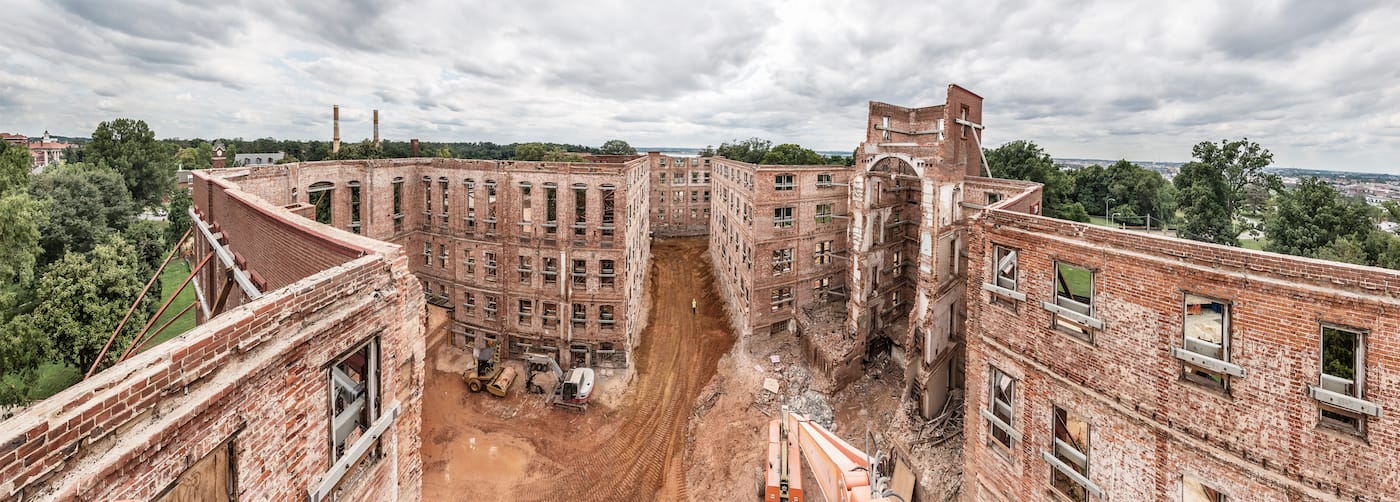
It can be hard to retrieve the patient experience of the Kirkbride buildings, as many of the reports and writing were done by doctors or other non-patients. (There are exceptions: St. Elizabeths patient and poet Ezra Pound called its Howard Hall a “hellhole.”) Through its installation, which lets you peer through metal window bars or gaze over a 1904 model made for the St. Louis World’s Fair, Architecture of an Asylum aims to offer an inside-out perspective of 150 years of life at St. Elizabeths.
The asylum-as-village model became obsolete in the later 20th century, with the development of new medications and an increase in outpatient care, as well as cuts in public funding. St. Elizabeths is now a National Historic Landmark, its patients treated in a compact new hospital completed in 2010. The city of Washington, DC, is planning mixed-use development for the East Campus, and the Department of Homeland Security is relocating to the west one. The exhibition uses these major changes as an opportunity to consider what the St. Elizabeths buildings can mean in the 21st century and how they might finally welcome people within their walls.

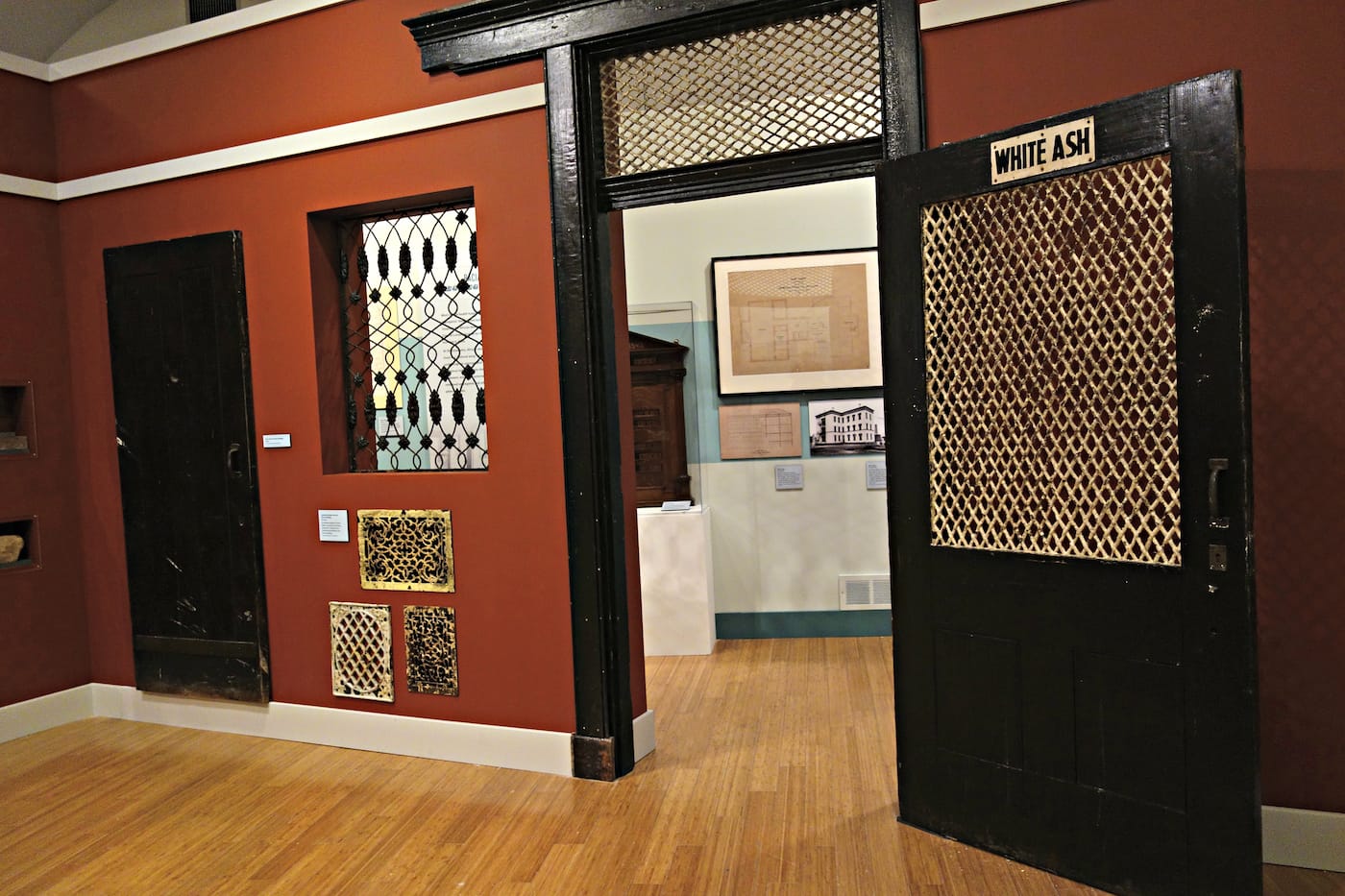



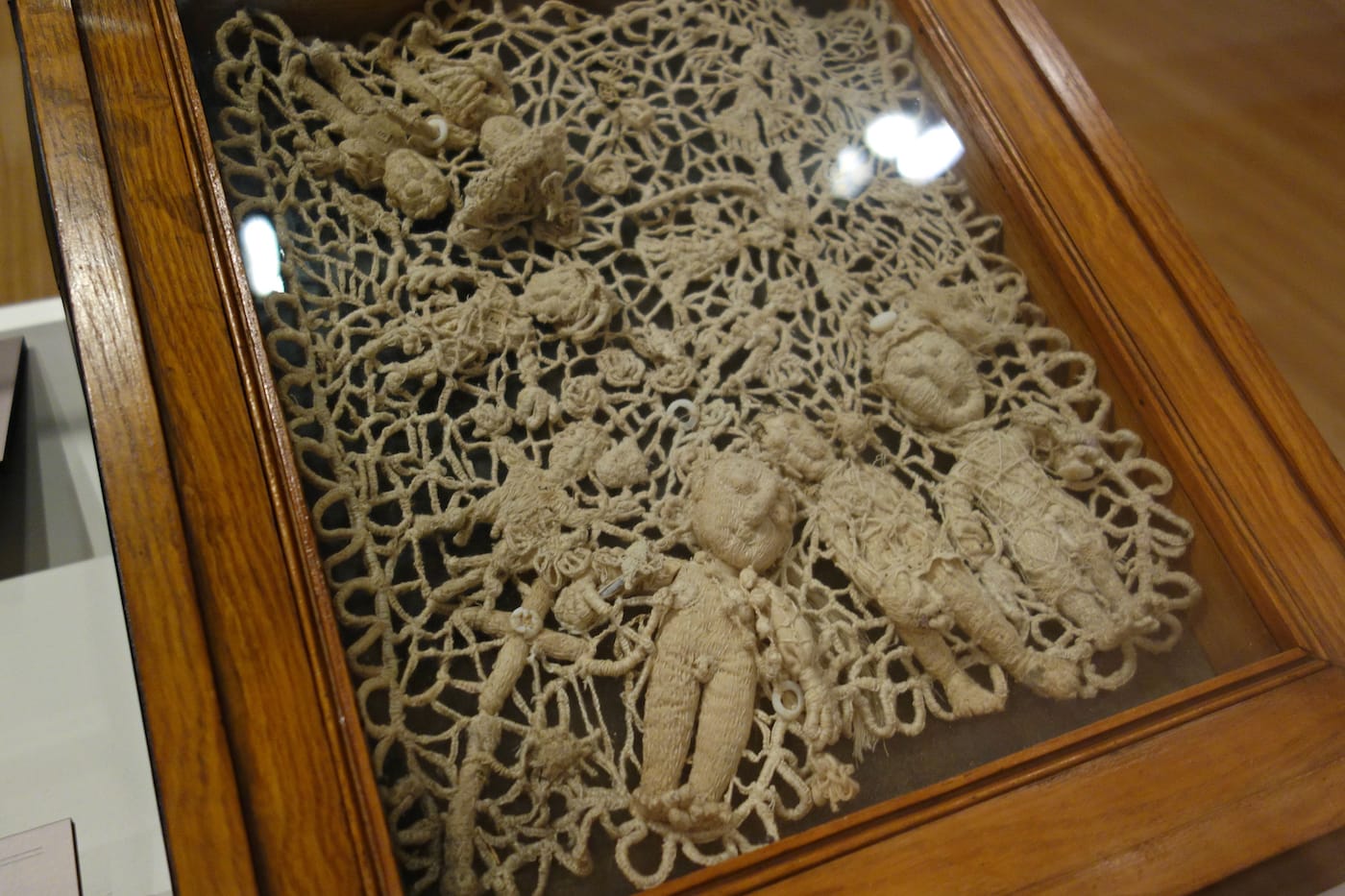
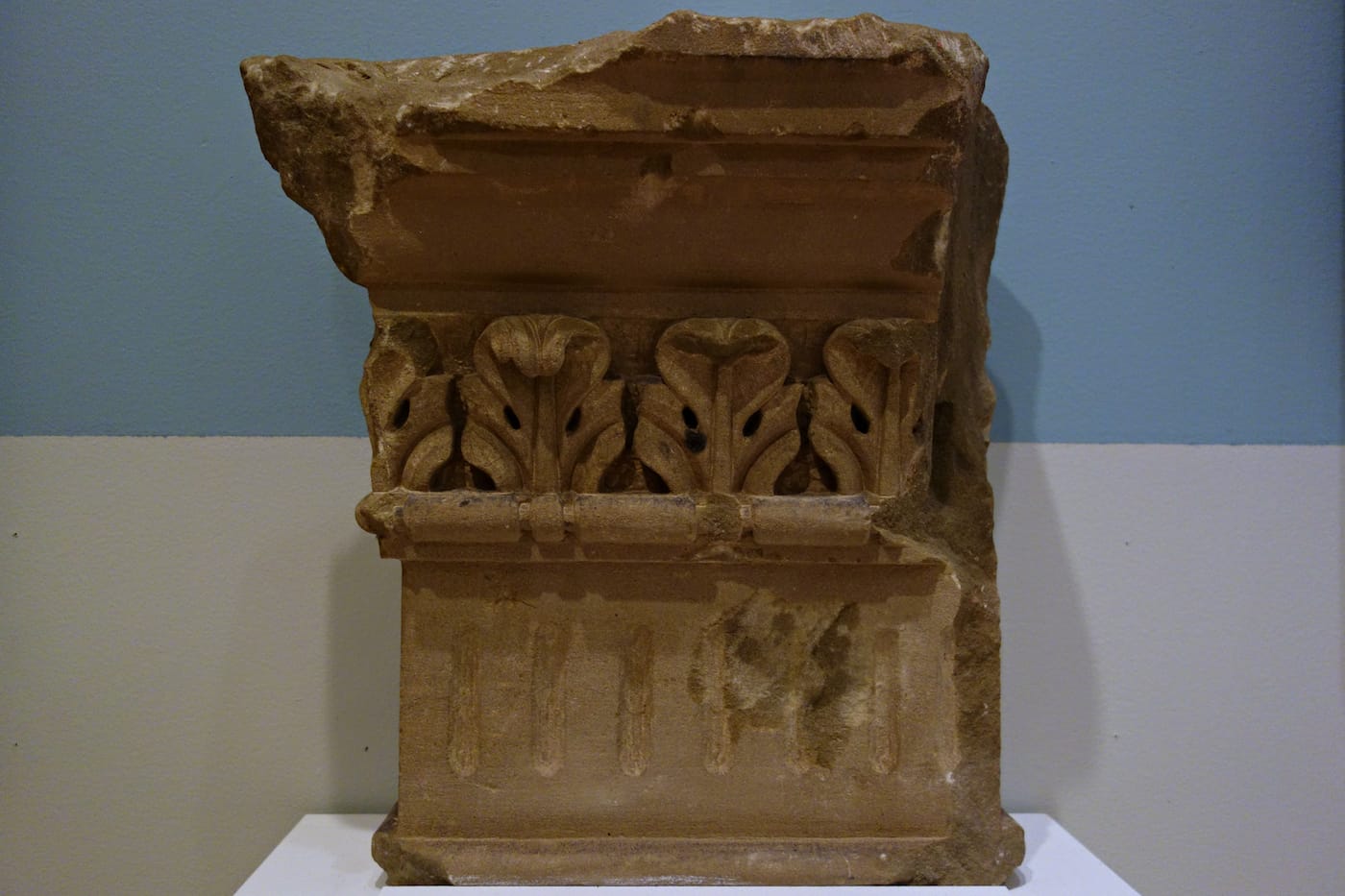

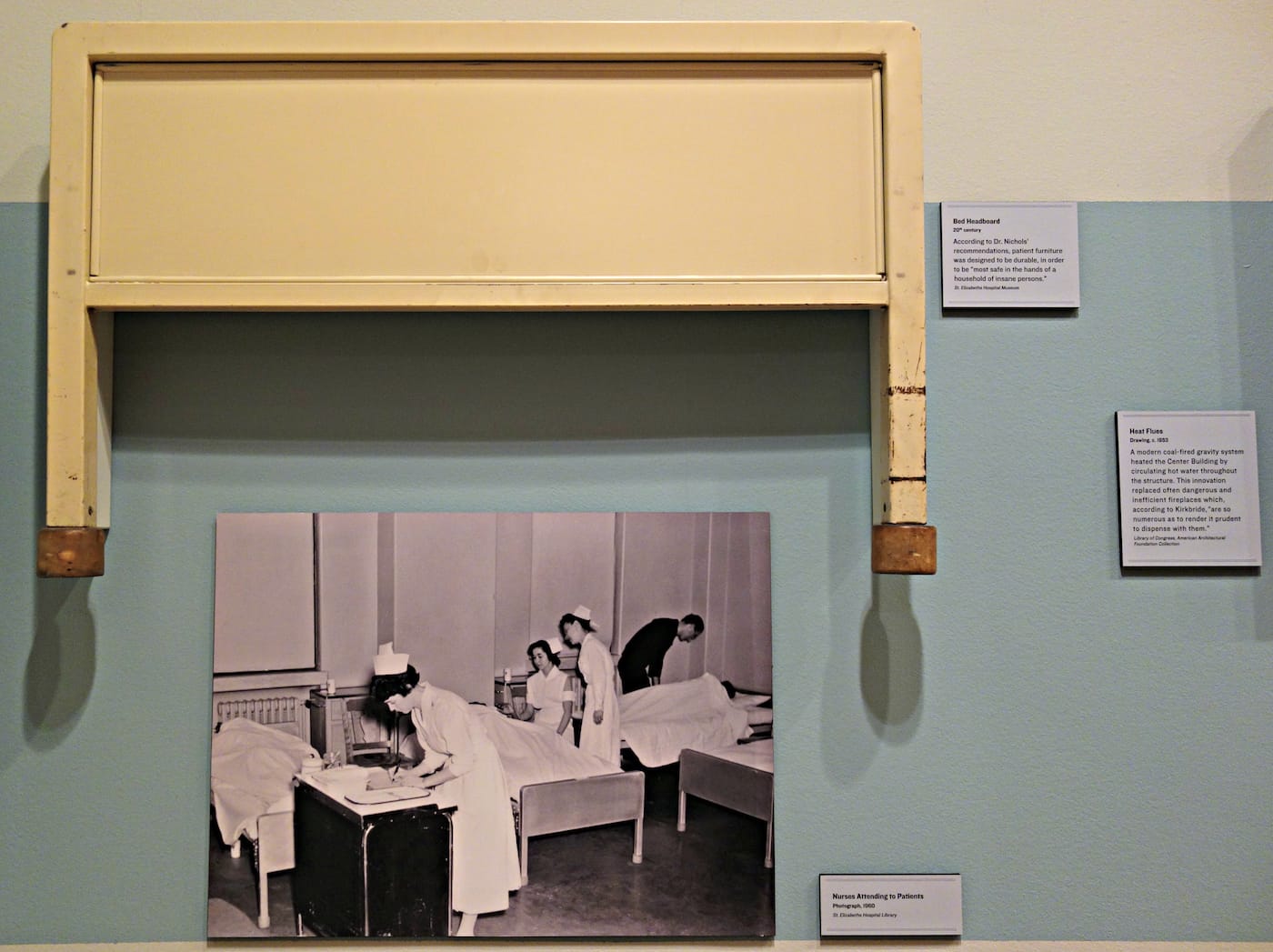

Architecture of an Asylum: St. Elizabeths, 1852-2017 continues through January 15, 2018 at the National Building Museum (401 F Street NW, Washington, DC).





